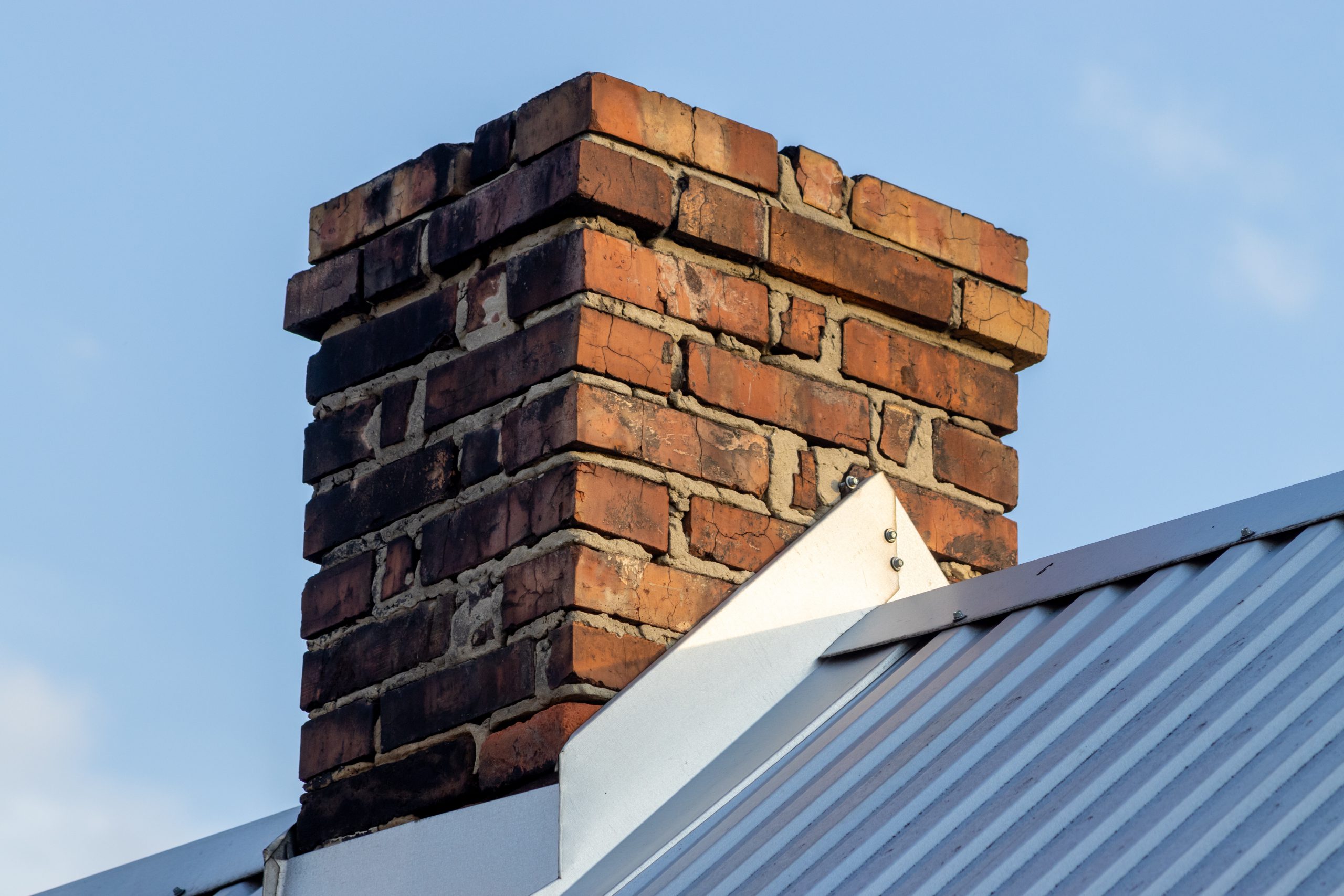In today’s eco-aware society, the sustainability of architectural practices, including the often-overlooked technique of regular tuckpointing Chicago, plays a critical role in green building maintenance. This method, vital for refurbishing the mortar joints of brick buildings, significantly contributes to a structure’s eco-friendliness. Let’s delve into the environmental perks this ancient technique brings to modern buildings.
Enhancing Insulation and Energy Efficiency
A prime environmental benefit of consistent tuckpointing Chicago is its contribution to improved building insulation. Aging mortar joints that develop cracks can lead to significant air leakage, which in turn, increases reliance on heating and cooling systems. By sealing these leaks through tuckpointing, buildings maintain internal temperatures more efficiently, cutting down on energy use.
Extending the Life of Buildings
The practice of tuckpointing bolsters the longevity of a building’s brickwork, which is key to reducing the demand for new construction resources. Producing bricks and mortar is resource-intensive, from the raw materials to the energy consumed during manufacturing, which has broader environmental implications. Tuckpointing keeps the existing structure in optimal condition for longer, mitigating the need for new materials.
Shielding Against Moisture and Mold
By keeping water out of brickwork, tuckpointing acts as a guardian against the moisture that can lead to structural weakening and mold growth. This not only helps in preserving the building’s structure but also ensures a healthier indoor air quality by preventing mold, which can have adverse health effects.
Minimizing Construction Debris
Unmaintained buildings eventually require extensive repairs or total reconstruction, both of which generate significant amounts of waste. Regular tuckpointing maintenance helps avoid such drastic measures, aligning with sustainable practices by reducing the amount of construction waste produced and keeping existing structures viable and functional.
Retaining Aesthetic and Structural Value
Tuckpointing also plays a critical role in preserving the visual and practical value of buildings, particularly historical ones, by maintaining their aesthetic appeal and usability. This conservation effort supports environmental sustainability by reducing the need for new buildings, thereby saving the resources and energy typically used in construction projects.
Routine tuckpointing maintenance is more than a nod to preserving the past; it’s an integral component of sustainable building practices. By enhancing a building’s energy efficiency, prolonging its usability, protecting against environmental damage, and cutting down on waste, tuckpointing stands out as an environmentally responsible choice for maintaining our built environment. Embracing traditional techniques like tuckpointing is essential in our journey towards more sustainable living and building practices.

